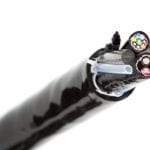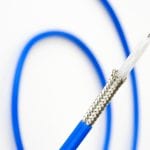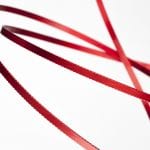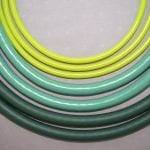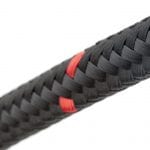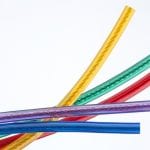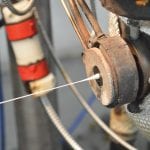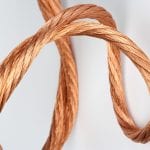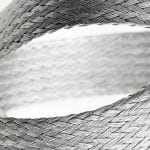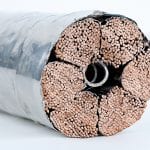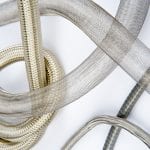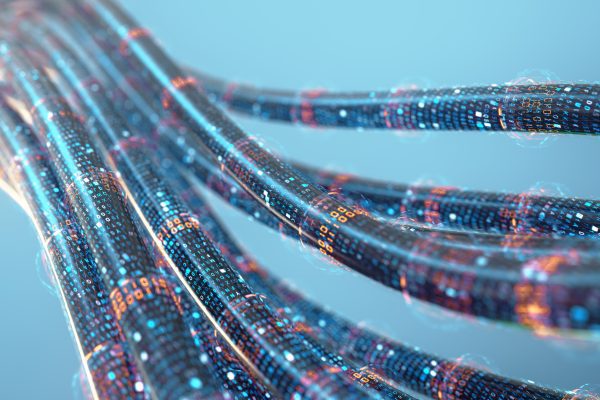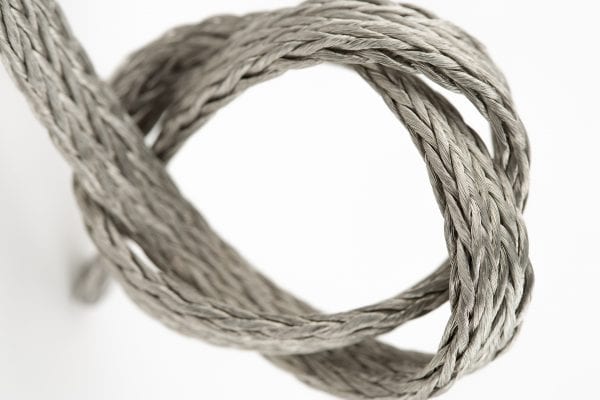New England Wire Technologies recognizes the importance of transmission line performance for maximizing signal quality. We offer several low noise options (including our proprietary NEWtral® Low Noise Cable) for small signal applications that undergo mechanical shock, vibration or repeated flexing.
We design and manufacture custom solutions to match the characteristic impedance, capacitance, and attenuation requirements of your specific application. Check out our FAQ guide to Low Noise cables below:
1. What applications require Low Noise cables?
Low Noise coaxial and multi-conductor cables are recommended for small-signal application where shielded cable could experience mechanical shock (twisting, crushing, flexing, pulling, etc.).
Typical applications include:
* Medical Instrumentation – ECG, EEG, Pulse Oximetry
* Microphones
* Test and Measurement
* Sensors
2. What is a Low Noise cable?
A Low Noise cable is manufactured utilizing specific construction techniques and material selection in addition to conductive dissipative layers in order to reduce electrical noise induced by mechanical stress on the cable.
3. What causes mechanically induced noise?
Typically, when either standard or custom cables experience mechanical shock, the individual layers move relative to each other (conductor and shield move relative to insulation). This movement charges the insulation, creating a charged capacitor that results in a voltage difference between two conductors or a conductor and shield.
4. How does a Low Noise cable reduce noise?
A conductive layer is added to the surface of the primary insulation. This layer is bonded to the insulation preventing movement between the two materials thus preventing charging. Charging caused by movement between the low noise coated primaries and other components of the cable is dissipated immediately preventing a voltage difference.
5. How much does a Low Noise cable reduce noise?
A typical cable can generate up to 100 millivolts depending on the type and force of the mechanical shock and the materials used. Low Noise cables generally reduce the noise anywhere from 15 microvolts up to 250 microvolts.
6. Is noise a greater concern with coaxial cable or multi-conductor cable?
Assuming identical materials are used, noise is generally a greater concern for coaxial cable, however, both cable types can benefit from being redesigned as Low Noise cables to practically eliminate mechanically induced noise.
The amount of charging that occurs between two surfaces is based on the dissimilarity on the triboelectric series of the materials in contact, the surface area, and the amount of movement. In electric cable more charge is generated due to relative motion between the insulation and shield than the insulation and conductor because there is greater range of motion. In coaxial cable the dielectric and shield are in contact throughout the cross section of the cable maximizing the surface area and therefore the amount of charging. In multi-conductor cable the insulated singles have only intermittent contact with the shield so less charging occurs and the type of insulation used on the singles is typically similar so the charge generated by motion between the singles is limited. Therefore, assuming identical material selection, a given mechanical shock will typically generate a greater voltage spike with coaxial cable.
7. How do you strip/terminate Low Noise cables?
The outer low noise layers must be stripped back at least 1/8” to ensure that shorts do not occur between the conductive layer and the conductor. NEWtral® Low Noise Cables are available with three types of low noise layers to ensure that the layer can be easily stripped.
* Coated – A coated low noise layer must be chemically stripped. Recommended chemicals include: citrus solvents, mineral spirits, and MEK.
* Extruded – An extruded low noise layer can be stripped using conventional mechanical and laser stripping methods. The layer is designed to be separable from the insulation.
* EZ-Strip – The insulation is extruded in two separable layers and then the coating is applied. The cable can be stripped by either removing the coating with solvents or mechanically stripping the outer insulation layer.
8. What quality measures are in place?
All Low Noise custom cables are tested to ensure that they can be easily stripped and terminated. The cables are also tested using a repeatable bench-marking procedure to ensure consistent performance from run-to-run.







